![]()
![]()
![]()
Use LEFT and RIGHT arrow keys to navigate between flashcards;
Use UP and DOWN arrow keys to flip the card;
H to show hint;
A reads text to speech;
19 Cards in this Set
- Front
- Back
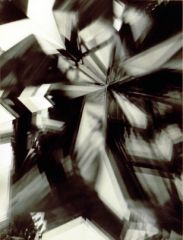
Alvin Langdon Coburn
|
1913 Showed a series of photographs under New York from its Pinnacles, views looking down and the distorted perspective. Sense of equilibrium is challenged. Made abstract photographs by devising an optical device based on the kaleidoscope. Clamped three mirrors together facing one another for form hollow triangular prism through which he photographed bits of crystal and wood on a glass tabletop. Vortoscope.
|
|
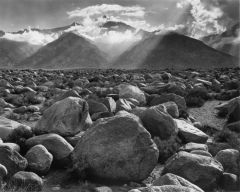
Ansel Adams
|
Part of the Group "f/64" - Trained as a musician in childhood - photographed as avocation under the stron influence of pictorialism. Met Paul Strand in 1930. 1935 London Studio published his Making a photograph, an instruction manual distinguished for its illustrations, which are such faithfurl reproductions that they have more than once been mistaken for actual photographic prints. Work shown by Stieglitz in an American Place 1936. Lover of wilderness, learned complexities of photochemical reproduction, produced prints specifically for the platemaker's camera. This Is the American Earth is a poem by Nancy NNewhall of the land and man's relation to it with photographs by Ansel Adams. Uses all types of cameras constantly.
Four principal variables: Sensitivity amount of exposure subject luminances (i.e. brightness) development |
|
|
Group f/64
|
Ansel Adams
Immagen Cunningham John Paul Edwards Sonya Noskowiak Henry Swift Willard Van Dyke Edward Weston |
|
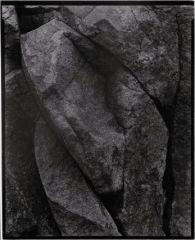
Paul Strand
|
Last Two issues of Camera Work dated 1916 reproduced photographs ((Stieglitz)), portraits taken unawares in the streets with Graflex camera, form and design emphasized, semiabstraction of bowls, view looking down from a viaduct, an architectural scene, "brutally direct, pure and devoid of trickery." (Stieglitz) Among first to discover photographic beauty of precision machines, made series of extreme close-ups of Akeley motion picture camera, work has lyrical quality.
|
|
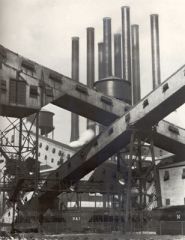
Charles Sheeler
|
Discovered beauty of Indigenous American Architecture, photographing with honest directness the texture of white painted and weathered wood, beautifully proportioned rectangular forms of Pennsylvania barns. First and foremost a painter, respected photographs as medium, clean photographs of African Negro Masks, Ford Plant, Cathedral of Chartres,
|
|

Edward Weston
|
Honored by eletion to the London Salon of Photography (successor to the Linked ring) began a critical reexamination of his work, which had been soft in focus, but always done with a sense of light and form. Experimented with semiabstractions. Lived in Mexico and became part of the Mexican Renaissance. Part of f/64 group
|
|

Imogene Cunningham
|
Part of f/64 Group.
|
|
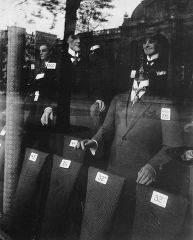
Eugene Atget
|
Virtually unknown in 1927 had thousands of pictures. Was a painter, surrealists painters liked his pictures as references. Some of his pictures reproduced in La Revolution Surrealiste. Photographed all of Paris.
|
|
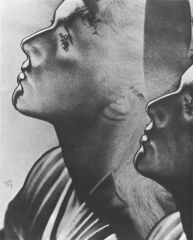
Man Ray
|
Made Negative prints, processed both normally and with edge reversal. He diffused the image by deliberately increasing the size of the silver grains.
|
|

Jacques Henri Lartique
|
Considered Photo-Jumelle a magical "image trap". Started taking pictures since he was six years old, Father gave him Block--Notes camera - photographed activities (such as sports, car races, etc.) Took some of the first images of flight.
|
|

Erich Salomon
|
Used Ermerman-Werke to photograph famous people - considered to take "candid photographs" Took pictures of government officials as well in their own environment thanks to camera development on f stop.
|
|
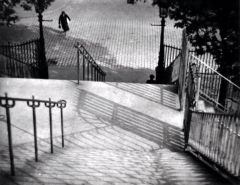
Andre Kertez
|
In 1915 took sensitive, unposed photographs of people and their surroundings, vision became architectural, captured fleeting, never-to-be-repeated instant photos. People thought his pictures were planned out.
|
|

Brassai
|
Photographed Paris by night by whatever light he could find. Pioneered discovery of form in most unlikely parts of city (Wall scrawls, masonry, etc) photographed people unobtrusively yet directly with human warmth. He was a sculptor and draftsman.
|
|
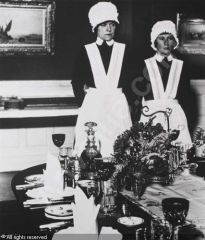
Bill Brandt
|
Photographed english people at their homes. Book: London by Night (1938) counterpart to Brassai's Paris de Nuit - british authors and scenes photographs taken - individual approach to nudes
|
|
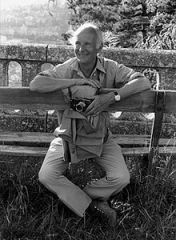
Henri Cartier-Bresson
|
Shown at Julien Levy Gallery in New York 1933; "anti-graphic" photography - owed strange and provocative beauty to chance. Showed unreality of reality. finds small camera as an extension of his eye. Bought Leica in 1932.
|
|
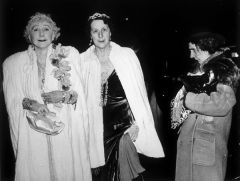
Weegeee
|
Wrote about flash - New York Photographer
|
|
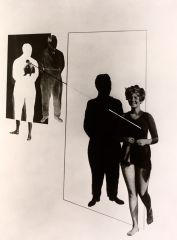
Moholy-Nagy
|
Camera was a tool for extending vision. Once looking at a photograph he had taken years previously from a bridge tower at Marseilles, his attention was held as if it were a new thing and the work of another. "What a wonderful form" he said pointing to coiled rope. It did not matter to him who took photograph, Malarie Photographie, FIlm (painting, photography, film) Bauhaus series of books, included astronomical photographs, photomicrographs, xray exposures, aerial views and news pictures.
|
|
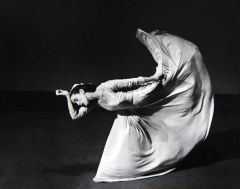
Barbara Morgan
|
Every shape has meaning - "freezing" demanded on some of her photographs, blurred images to convey emotion, lighting bringing of human qualities with warmth and acute sympathy.
|
|
|
Harold E. Edgerton
|
Invented gas-filled tube in 1938.
|

